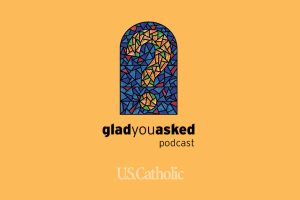Holy days of obligation-days when Catholics are required to celebrate Eucharist-are a result of tradition, devotion, and church law, and their number has varied according to history and place.
Before the mid-17th century, individual bishops could determine what holy days would be observed in their diocese. This resulted in vastly different church calendars from diocese to diocese and a huge number of holy days.
In 1642 Pope Urban VIII reduced the number to 36 (imagine how many there must have been before). In 1911 Pope Pius X, realizing that it is difficult for people to observe religious feasts that are not also civil holidays, reduced it to eight. The 1917 Code of Canon Law raised the number to 10 and allowed bishops to alter the days in their dioceses.
The current Code of Canon Law (1983) designates the same 10 holy days: Christmas, Epiphany, Ascension, Body and Blood of Christ, Mary the Mother of God, Immaculate Conception, Assumption, St. Joseph, Sts. Peter and Paul, and All Saints (canon 1246, sec.1). The law also allows the bishops of each country to move a feast to a Sunday or remove it as a day of obligation.
The bishops of the United States have designated six days of obligation: Ascension, Assumption, All Saints, Immaculate Conception, and Christmas. In addition, they moved Epiphany and the feast of the Body and Blood of Christ to Sundays. The solemnities of St. Joseph and Sts. Peter and Paul, which were not traditionally days of obligation in the United States, were not included in the list.
In 1998 the U.S. bishops decided that when the solemnities of Mary, the Mother of God (January 1), Assumption (August 15), or All Saints (November 1) fell on a Saturday or Monday, the obligation to attend Mass is removed. This was not extended to Christmas (for obvious reasons) or to the Solemnity of the Immaculate Conception because Mary is the patroness of the United States under that title. They also determined that individual provinces (a district consisting of a group of dioceses under the jurisdiction of an archbishop) could vote to move Ascension from Thursday of the Sixth Week of Easter to the Seventh Sunday of Easter, a practice observed in many parts of the United States.
It’s worth noting that Holy Thursday and Good Friday are not days of obligation, not because the church considers them less important, but because it is simply assumed that Catholics know how essential these most solemn days are to our faith and will attend the liturgy accordingly.
Image: Debby Hudson on Unsplash














Add comment